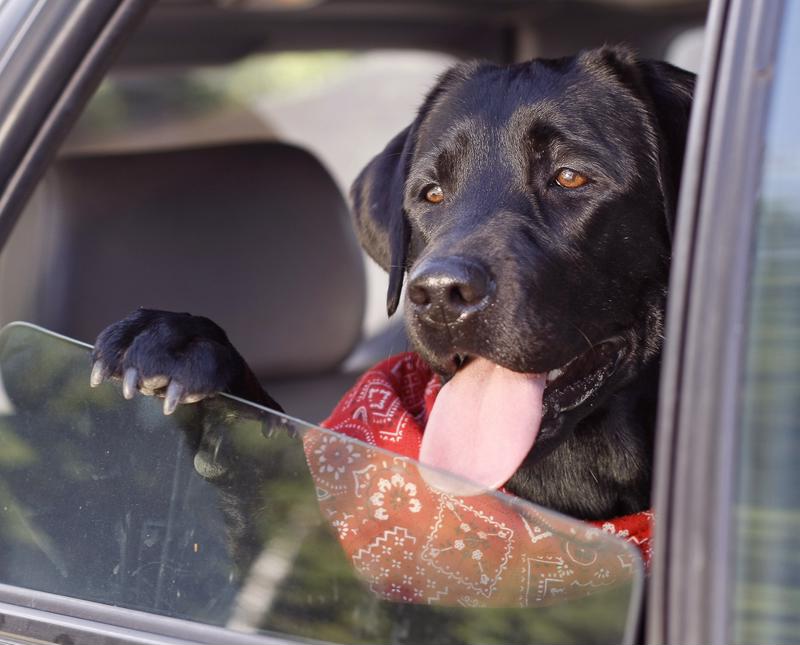Vacations may be a great way to get away from it all, but there's probably one friend you're not keen to leave behind: your pet. Depending on your furry friend's species, breed and temperament, however, you might be able to bring them along with you.
Should they go?
The first thing you should do is figure out whether or not your pet should even go vacation. Your furry friend's wellbeing may be compromised if you take them with you on your journey. If your pet is old or sick, for example, they probably shouldn't go with you. Similarly, if you know your darling doesn't handle change well, leave them at home. Many animals, such as cats, are put in fairly serious emotional stress when placed in a new or uncomfortable environment. If you're not sure if your pal is up for travel, talk to your vet. He or she should be able to give you some insight. If you determine they shouldn't come along, make arrangements to have a pet sitter or for your companion to stay in a pet hotel while you're gone.
 Some pets will handle travel fine - others, not so much.
Some pets will handle travel fine - others, not so much.
Before you leave
You may decide your pet is the perfect travel buddy - if that's the case, there are a few things you should do before you head out. If your pet is going to be traveling inside of a crate, start acclimating them to the space as early as possible. The more time you have to get your companion comfortable with their carrying case, the less stressful traveling will be. Leave the crate out in view for at least a month, and consider putting one of their favorite blankets or toys inside. This will give your buddy plenty of time to learn to love the crate. If you're driving, take your pal on a few test rides. This will give you an idea for if driving makes your furry friend nauseous or anxious, so you know what to expect. Finally, reach out to your vet and give your pet a check up. Not only will this ensure they're traveling safely, it's also required by many airlines.
On the road
Taking a road trip with your pup? Make sure to make plenty of pit stops. According to the American Veterinary Medical Association, you should stop every 2-3 hours to allow them time to stretch, move around and do their business. Also, take steps to keep your furry friend safe while the vehicle is moving. Many pet owners let their companions wander around the car, but this can put both the driver and the animal at risk of injury or accident. Either keep your pet in a travel crate or secure it with a pet seatbelt. This way, they'll be as safe as you are.
"Give your pet plenty of exercise before take off."
In the air
Before you assume you can bring your pet onto your flight, call the airline. Ask if they allow animal travel in the cargo hold, or if your pal can come onto the plane with you as carry-on luggage. Make sure you have everything you need - most airlines require a recent bill of health from a vet before a pet can fly. On the day of the flight, arrive early so your pet has time to exercise before you bring it on the flight. Talk to your vet about food schedules - most recommend limiting solids before takeoff. If you're not comfortable with your airline's pet accommodations, you can always look into pet-only airlines. These flights are specifically designed for Fido and Felix's comfort, so you can rest easy knowing they're not stuffed between suitcases.
Finding lodging
As your planning your pet-friendly vacation, make sure to book pet-friendly lodging. Many people are so concerned with the logistics of getting to their destination that they forget to check the pet guidelines at their hotel. In some cases, this will simply result in an extra charge and possibly a late-booking or room-change fee. In others, however, you may be simply rejected from the hotel and left to find new arrangements. If your hotel's pet policy isn't clear online, call them and ask. That way you know for sure that you and Fido can rest easy on arrival.